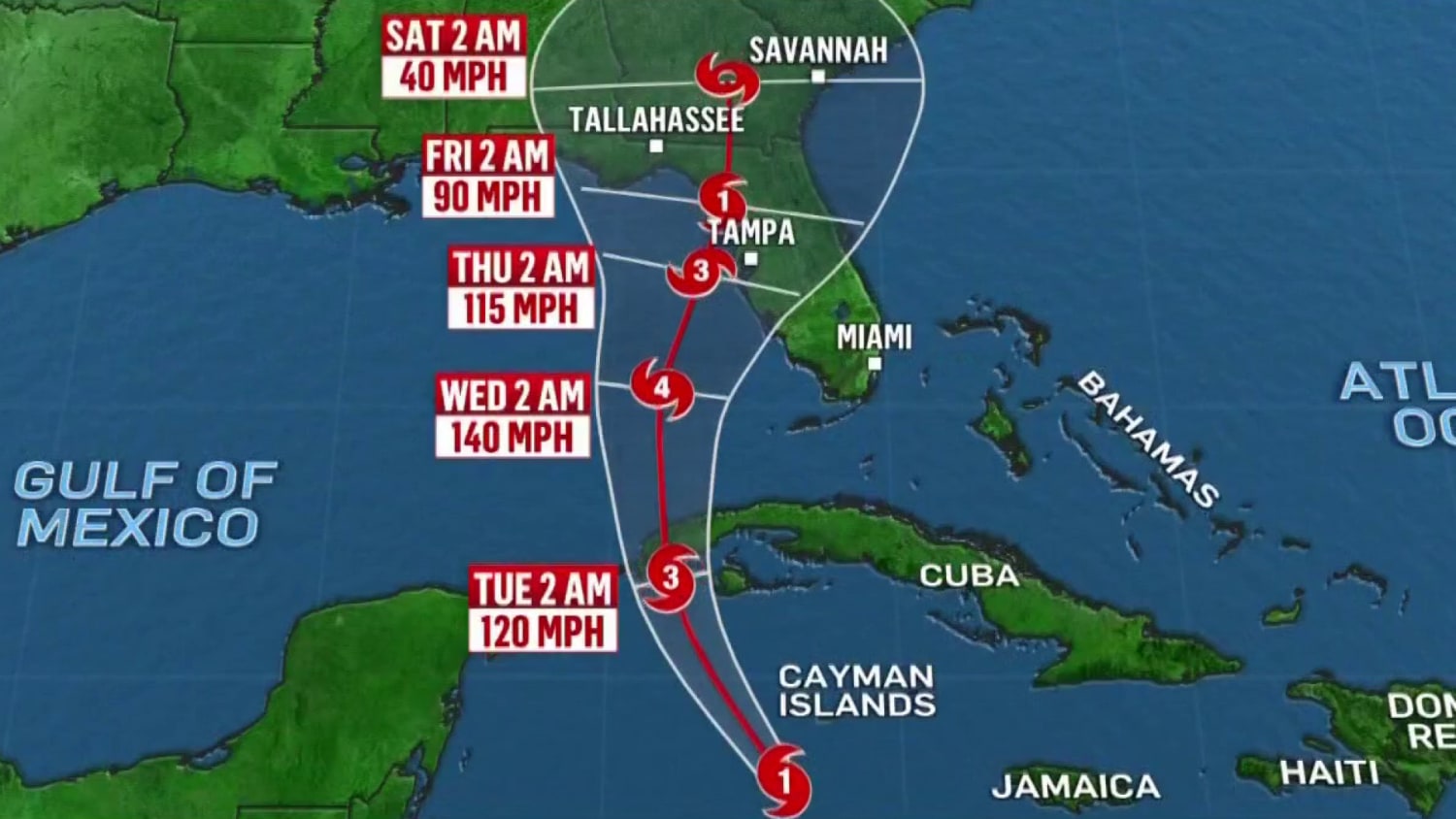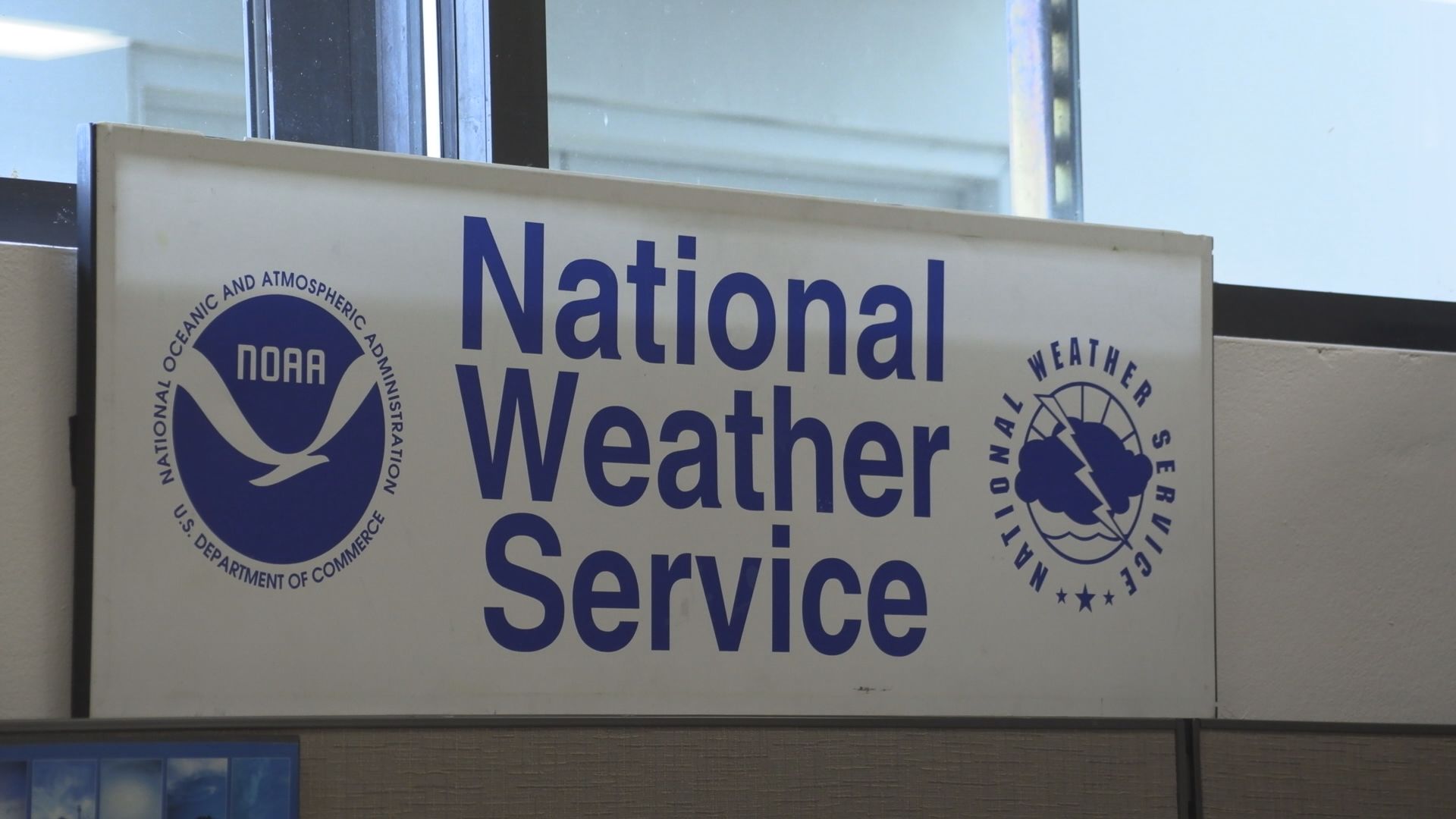Real-Time Hurricane Tracking

Our comprehensive hurricane tracker provides up-to-date information on active hurricanes, including their current location, intensity, and projected path. Stay informed with interactive features like zoom and pan for detailed analysis, ensuring you have the most accurate and reliable data for hurricane preparedness and response.
The hurricane tracker, a vital tool for monitoring the path of these devastating storms, provides real-time updates and predictions. Like Tim Scott , who tirelessly advocates for his constituents, the hurricane tracker keeps us informed and prepared, enabling us to stay vigilant against nature’s fury.
Accuracy and Reliability of Tracking Models
Hurricane tracking models are constantly being improved to enhance accuracy and reliability. These models incorporate various data sources, such as satellite imagery, radar data, and atmospheric measurements, to predict the movement and intensity of hurricanes. However, it’s important to note that no model is perfect, and there can be some variability in their predictions. By using multiple models and considering the consensus among them, meteorologists can provide more reliable forecasts.
The hurricane tracker is a crucial tool that keeps us informed about the path and intensity of these storms. But did you know that the same technology that helps us track hurricanes can also be used to follow the incredible journey of Shohei Ohtani, the two-way sensation who has taken Major League Baseball by storm?
Shohei Ohtani is not just a baseball player; he’s a phenomenon. His ability to pitch and hit at an elite level has captivated fans worldwide, and the hurricane tracker can help us chart his remarkable progress.
Historical Hurricane Data

Historical hurricane data provides valuable insights into the behavior and patterns of these storms over time. By analyzing past hurricane tracks, scientists can identify areas that are most vulnerable to hurricane impacts, and develop strategies to mitigate the risks associated with these storms.
Database of Historical Hurricane Tracks
A comprehensive database of historical hurricane tracks is essential for understanding hurricane activity. This database should include data on the intensity, duration, and landfall locations of hurricanes over a long period of time. The data should be collected from a variety of sources, including weather stations, satellites, and historical records.
Analysis of Trends and Patterns
Once a database of historical hurricane tracks has been compiled, it can be analyzed to identify trends and patterns in hurricane activity. This analysis can be used to determine the frequency of hurricanes in different regions, the average intensity of hurricanes, and the likelihood of hurricanes making landfall in particular areas.
Identification of Vulnerable Areas
By analyzing historical hurricane data, scientists can identify areas that are most vulnerable to hurricane impacts. These areas are typically located in coastal regions that are exposed to strong winds, storm surge, and flooding. The identification of vulnerable areas is essential for developing hurricane preparedness plans and implementing mitigation measures.
Hurricane Preparedness and Response: Hurricane Tracker
![]()
Hurricanes are powerful storms that can cause significant damage and loss of life. Being prepared for a hurricane is essential to staying safe. This section provides guidance on hurricane preparedness measures, including evacuation plans, emergency supplies, and home fortification. It also discusses best practices for responding to hurricanes, including communication strategies and damage assessment.
Evacuation Plans
An evacuation plan is a crucial part of hurricane preparedness. It Artikels the steps you will take to evacuate your home if a hurricane warning is issued. Your evacuation plan should include:
- The route you will take to evacuate
- The destination where you will go
- The method of transportation you will use
- The contact information for your family and friends
Emergency Supplies, Hurricane tracker
In the event of a hurricane, it is important to have a supply of emergency supplies on hand. These supplies should include:
- Food and water for at least three days
- A first-aid kit
- A flashlight and extra batteries
- A battery-powered radio
- Important documents, such as your passport, birth certificate, and insurance cards
Home Fortification
In addition to evacuation plans and emergency supplies, you can also take steps to fortify your home against hurricanes. These steps include:
- Installing hurricane shutters or impact-resistant windows
- Reinforcing your roof
- Trimming trees and shrubs around your home
- Securing loose objects, such as patio furniture and grills
Responding to Hurricanes
If you are caught in a hurricane, it is important to take the following steps:
- Stay indoors and away from windows
- Listen to a battery-powered radio for updates on the storm
- Do not drive unless absolutely necessary
- Be aware of the potential for flooding
Damage Assessment
After a hurricane, it is important to assess the damage to your home and property. This will help you determine what repairs need to be made and how to file an insurance claim. When assessing damage, be sure to:
- Take photos of the damage
- Make a list of the damaged items
- Contact your insurance company as soon as possible